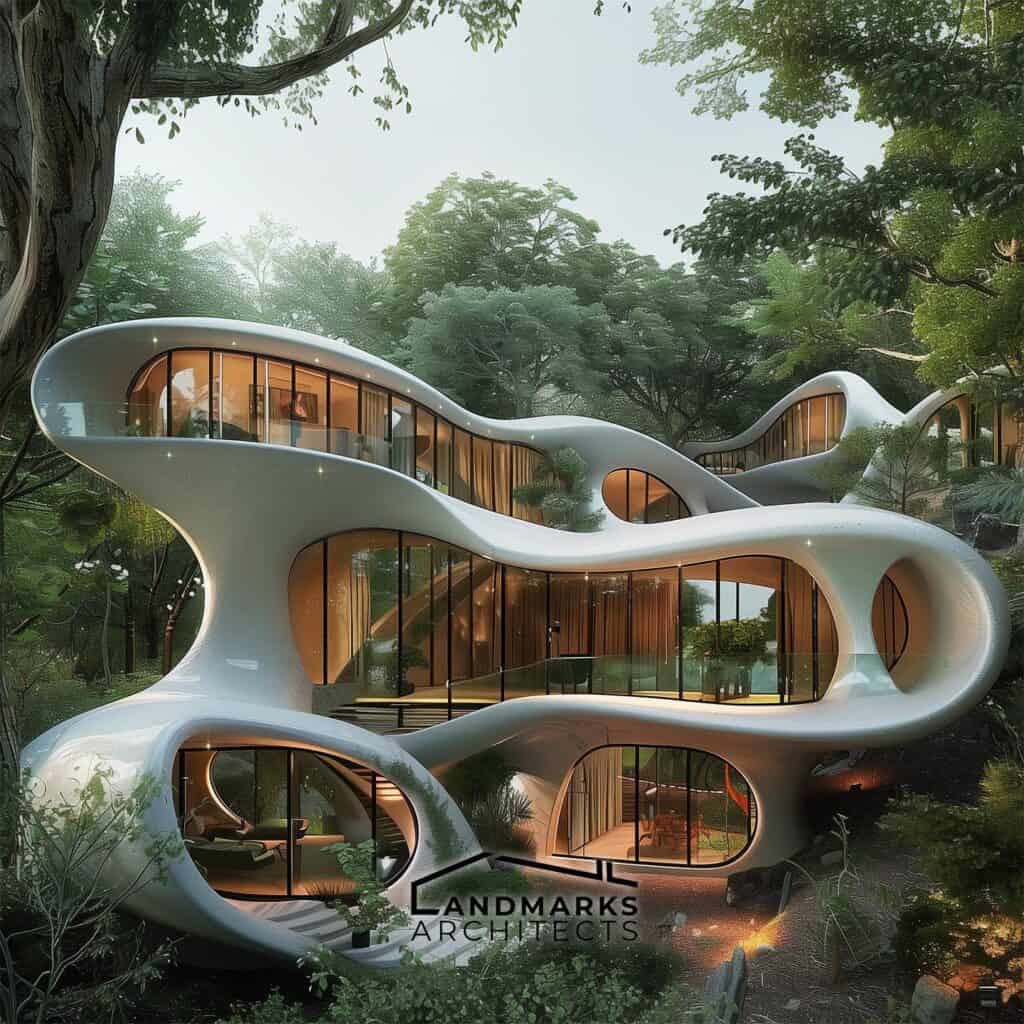

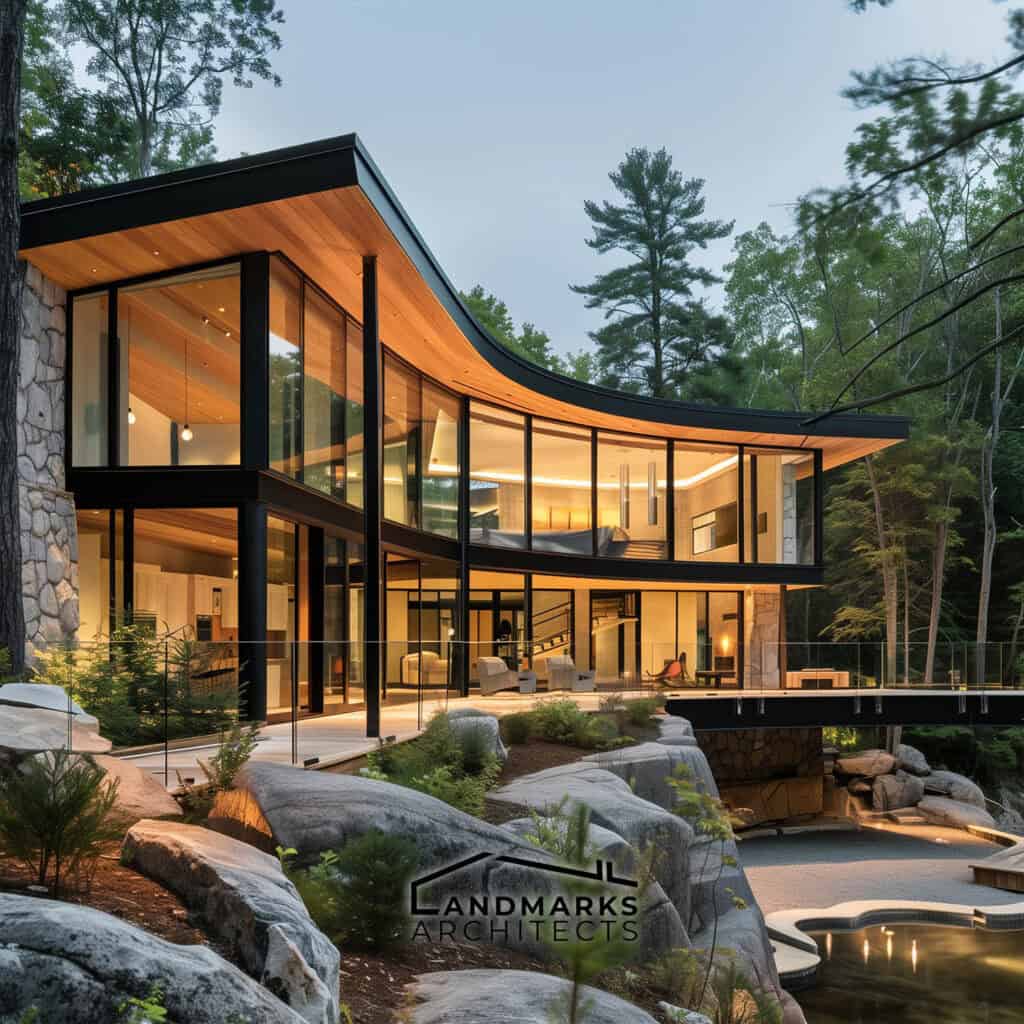
Are you captivated by architectural designs that seamlessly merge with the natural world, creating spaces that evoke harmony and beauty? Modern Organic Architecture offers a compelling design philosophy that goes beyond conventional building styles. It aims to integrate structures with their surroundings, drawing inspiration from the organic shapes and forms of nature – rivers that meander, hills that undulate, and pine forests enveloped in mist.
As a homeowner, developer, or architecture enthusiast, envisioning a space that not only meets your needs but also embodies your connection to nature can be a profound journey. The challenge lies in finding a design approach that respects and enhances the environment while reflecting your unique vision.
At Landmarks Architect, we recognize the allure and challenge of blending architecture seamlessly into natural landscapes. We are here to guide you through every step of realizing your vision.
In this article, we will delve into the five key elements that define Modern Organic Architecture:
Integration with Nature: Ensuring buildings harmonize with the natural environment.
Use of Natural Materials: Utilizing raw materials like wood, stone, and glass.
Sustainable Design Practices: Implementing energy-efficient and eco-friendly solutions.
Fluid and Natural Forms: Embracing organic shapes that mimic natural patterns.
Biophilic Design Elements: Enhancing interiors with natural light and elements.
Ready to start a journey that transforms your architectural dreams into a reality that resonates with the natural world? Read our exploration of Modern Organic Architecture and discover how these principles can elevate your living and working spaces.
5 Key Elements of Modern Organic Architecture
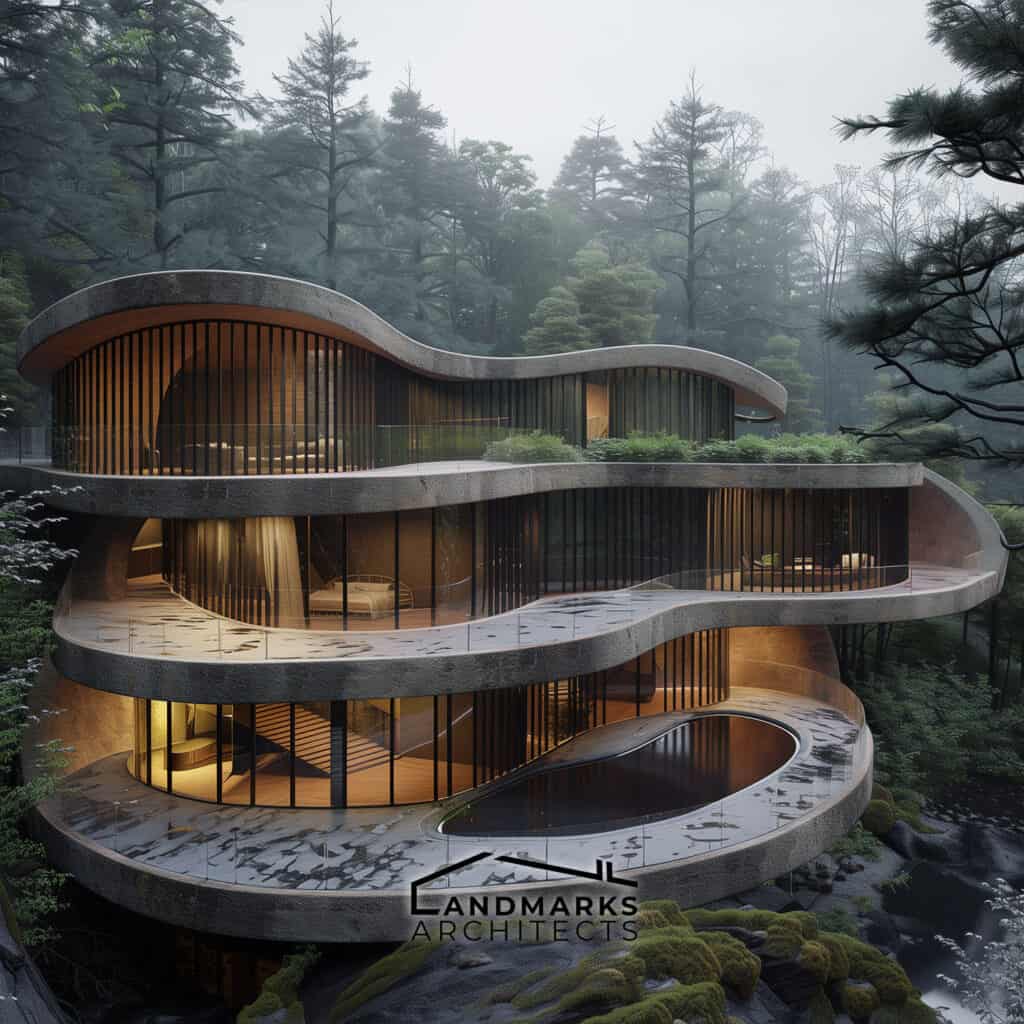
Modern Organic Architecture is a design philosophy that aims to integrate architecture with the natural world. It seeks to create buildings that blend seamlessly with their surroundings, taking inspiration from the picturesque settings of meandering rivers, undulating hills, and misty pine forests. Here are the key elements of Modern Organic Architecture:
1. Integration with Nature
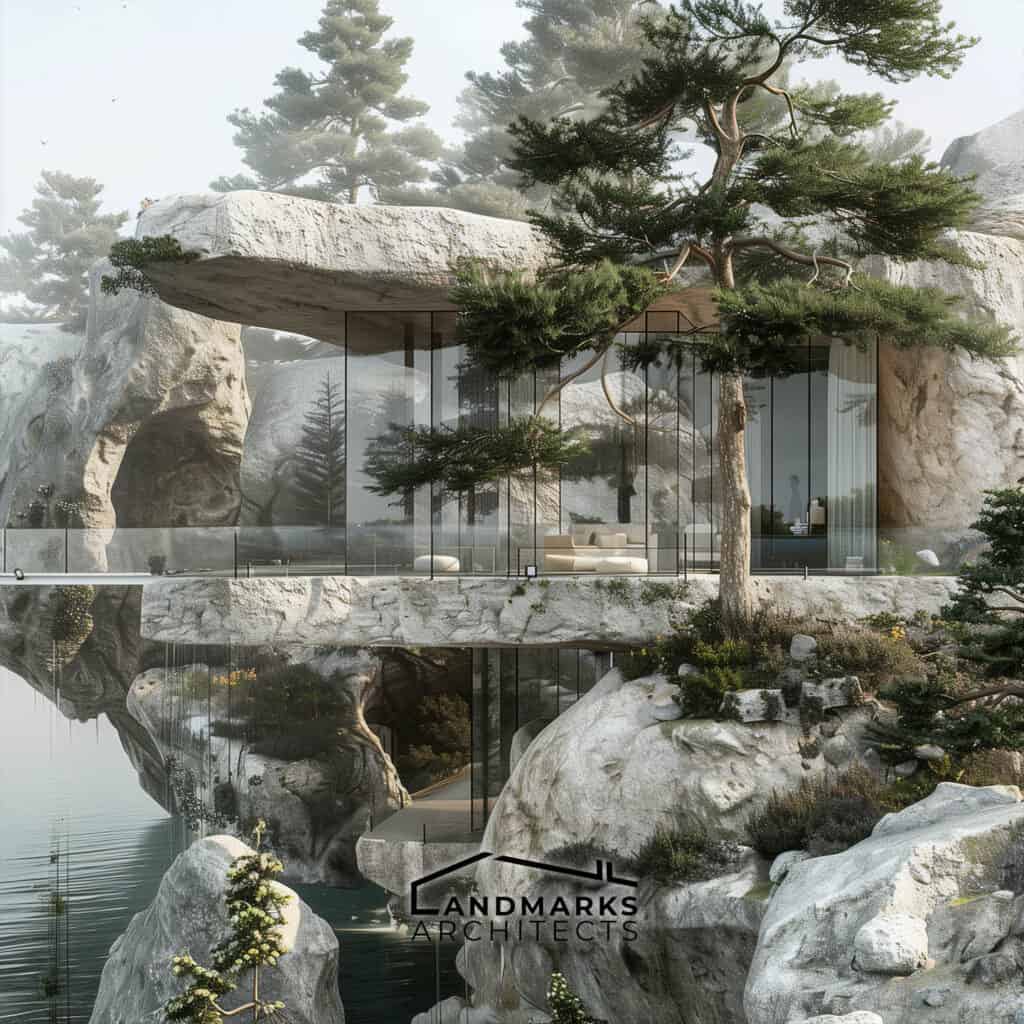
One of the key elements of Modern Organic Architecture is the integration of the building with the landscape. This means that the design of the building takes into account the natural features of the site, such as trees, rocks, and bodies of water. The building is designed to complement and enhance the natural environment, rather than dominate it.
2. Use of Natural Materials

Modern Organic Architecture makes use of natural materials such as wood, stone, and glass. These materials are used in their natural state, without excessive processing or finishing. The use of natural materials helps to create a sense of harmony between the building and its surroundings.
3. Sustainable Design Practices

Sustainable design practices are an essential part of Modern Organic Architecture. This means that the building is designed to be energy-efficient, using materials that are environmentally friendly and sustainable. The principles of sustainable design are focused on creating buildings that are in harmony with the environment, both now and in the future.
4. Fluid and Natural Forms
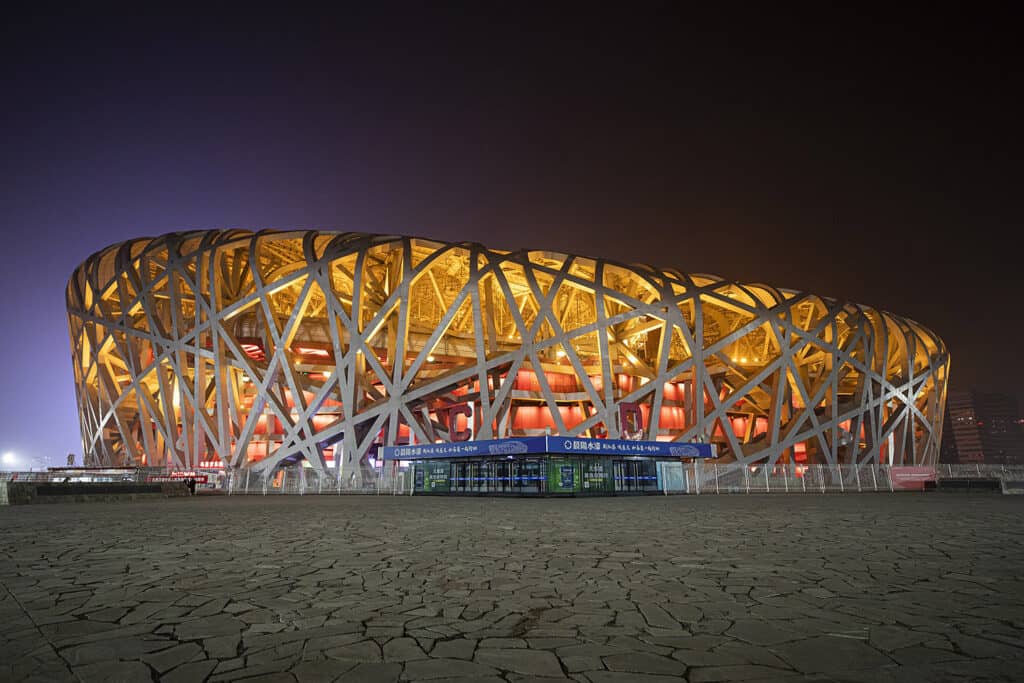
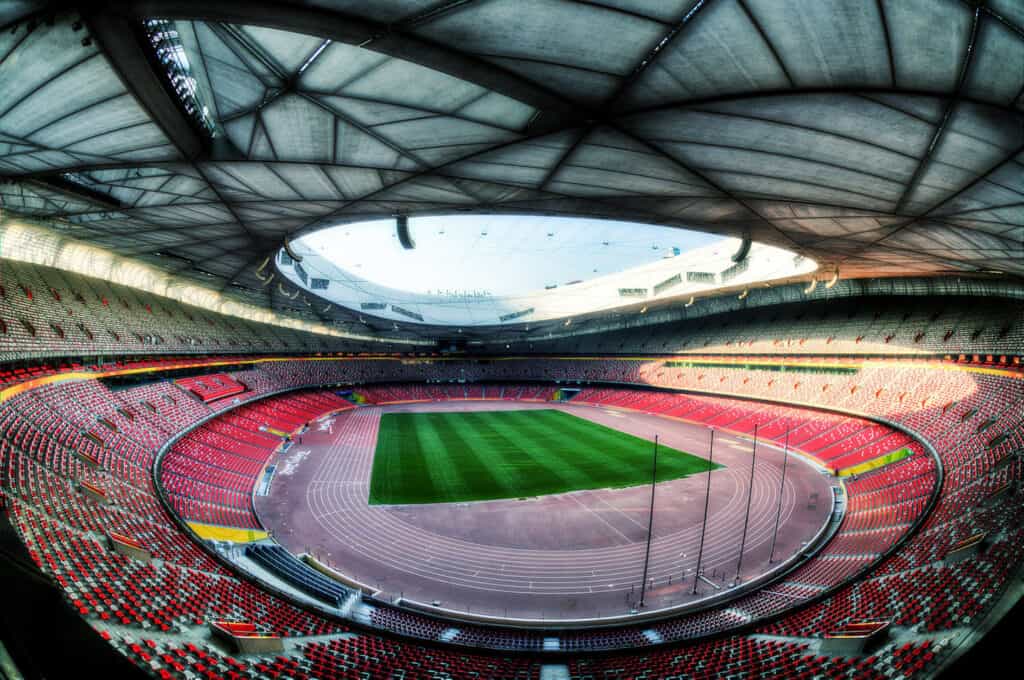
Flowing architectural lines and organic shapes are characteristic of modern organic architecture. The cloud-shaped roof of the Beijing National Stadium is an excellent example of how the shape of a building can reflect its function and form.
5. Biophilic Design Elements
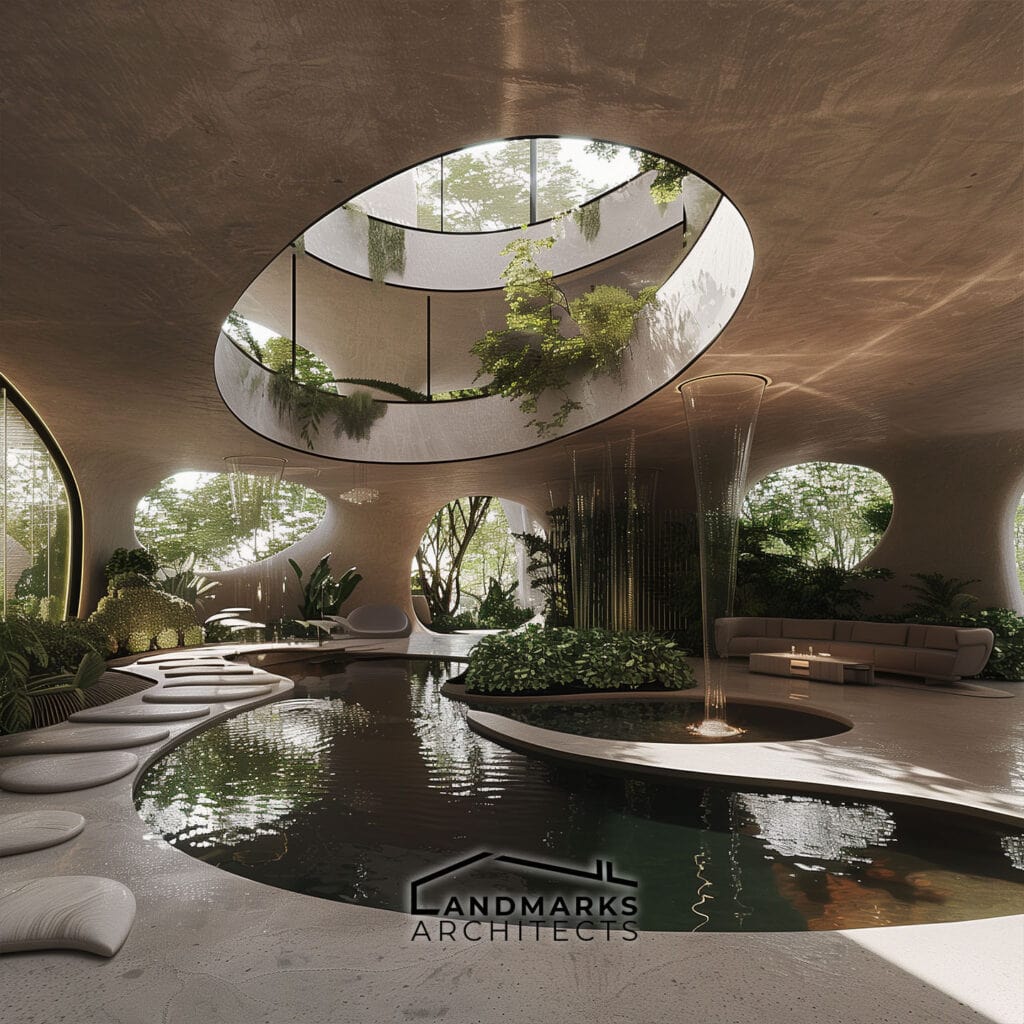
Biophilic design elements are an important part of Modern Organic Architecture. This design philosophy emphasizes the importance of connecting people with nature. It places an emphasis on the use of natural light, views of the outdoors, and the incorporation of natural elements such as water and plants into the building’s interiors. Projects by John Lautner and Frank Lloyd Wright are known for their use of flowing lines and organic architecture, which are in harmony with the natural world.
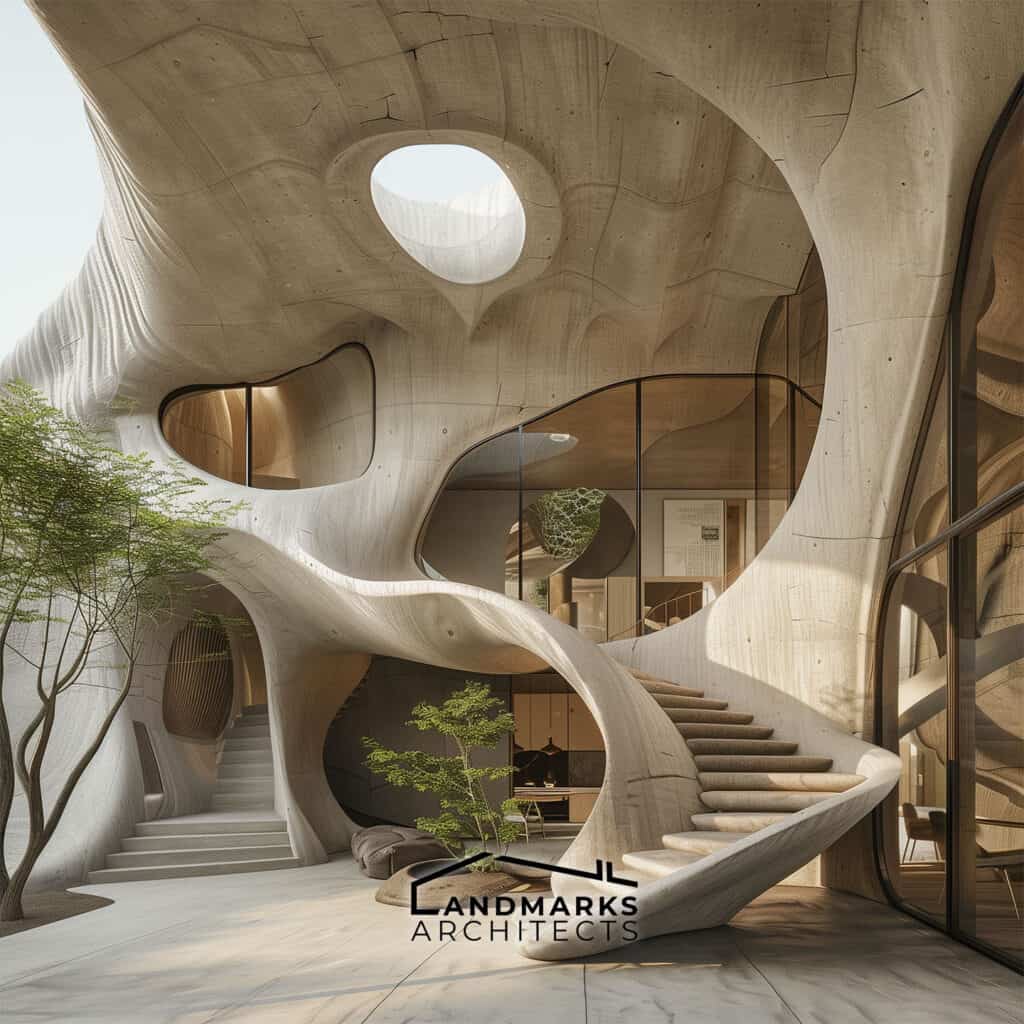
In conclusion, Modern Organic Architecture is a design philosophy that seeks to create buildings that are in harmony with the natural world. It emphasizes the use of natural materials, sustainable design practices, and biophilic design elements. The flowing lines and organic forms of Modern Organic Architecture are inspired by the shapes and forms found in nature, creating a sense of movement and flow that is in harmony with the natural world.
2 Notable Architects in Organic Design
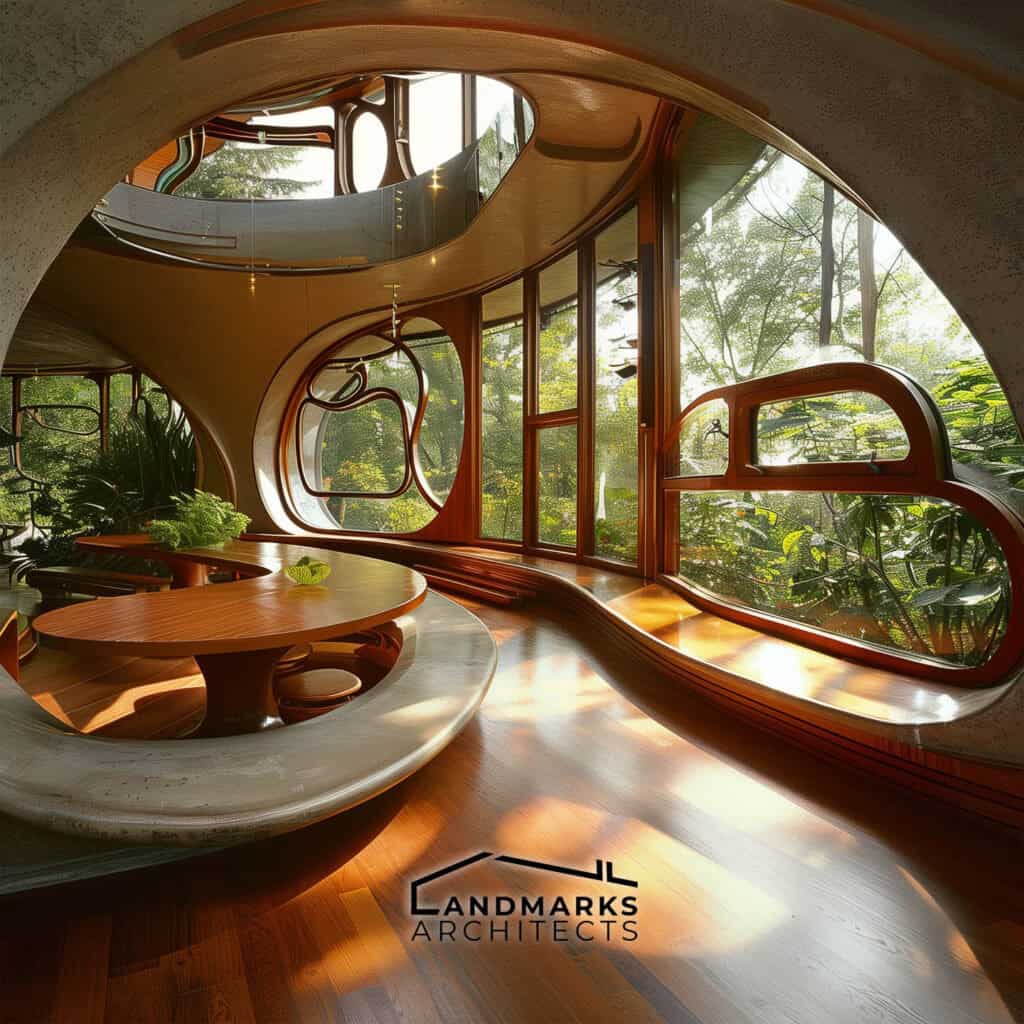
1. Frank Lloyd Wright
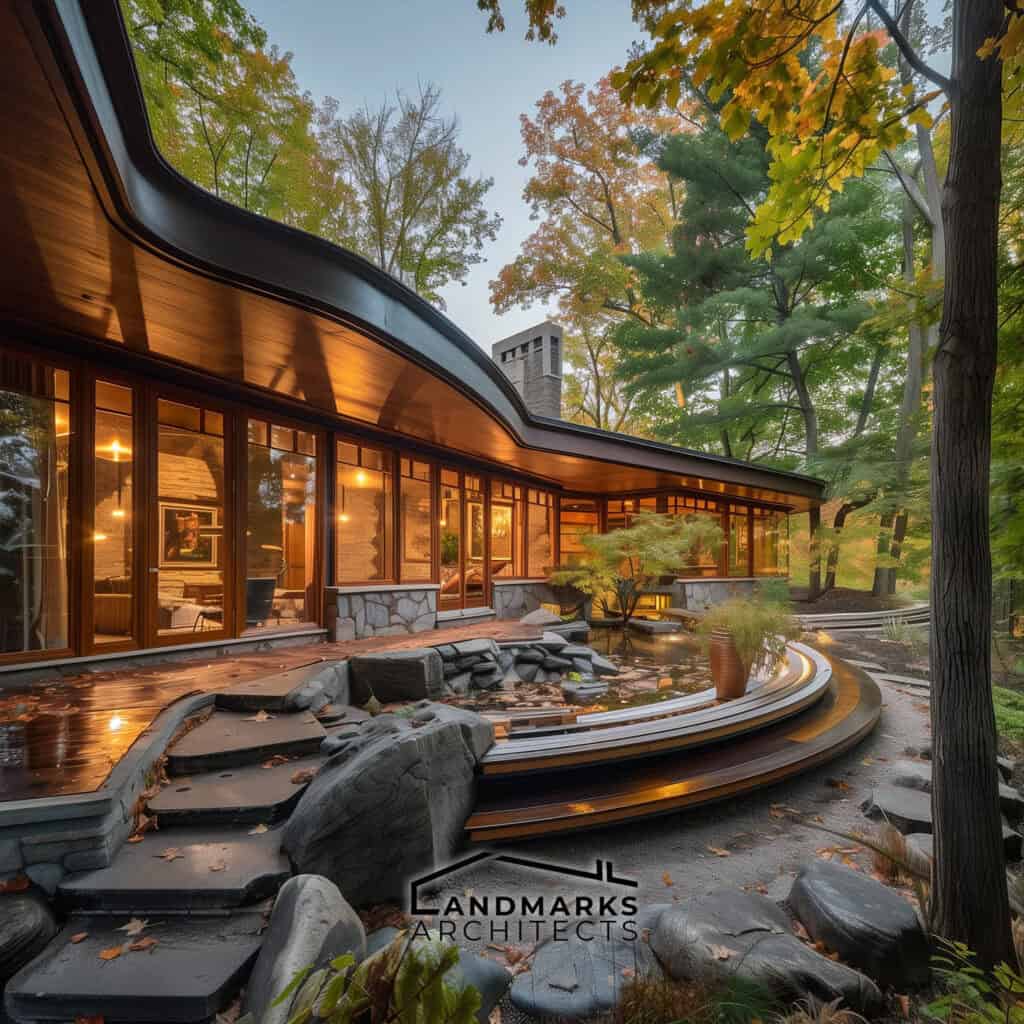
Frank Lloyd Wright is recognized as the pioneer of modern organic architecture for his belief that buildings should harmonize with nature. His designs, characterized by flowing lines, open spaces, and a focus on sustainability, exemplify this philosophy.
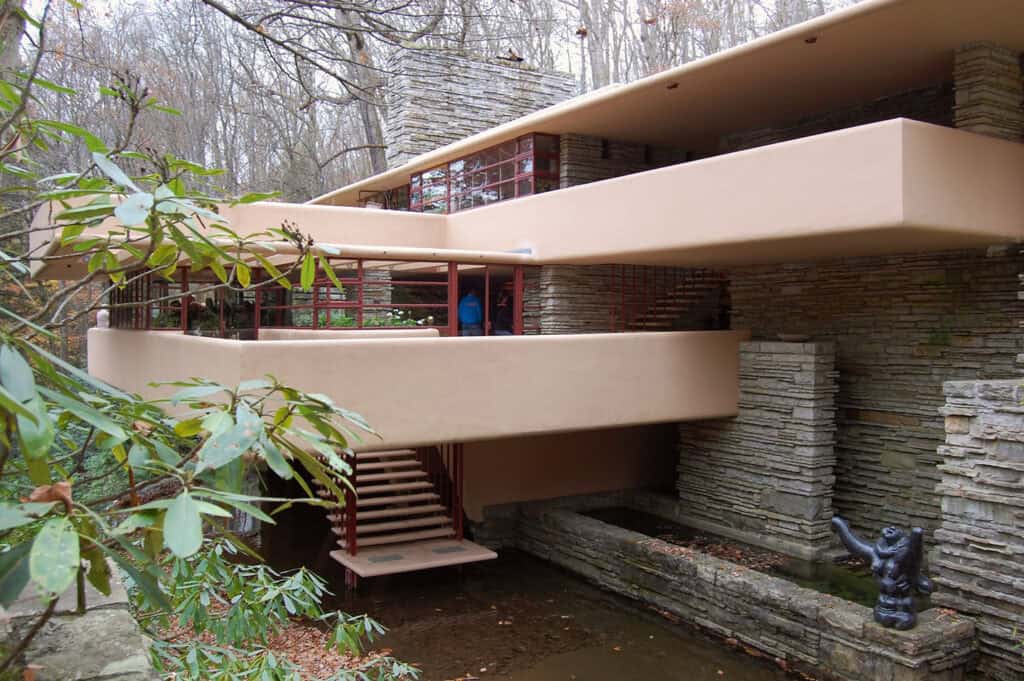

Iconic projects like Fallingwater, set over a waterfall in Pennsylvania, and Taliesin West in Arizona, with its transparent glass walls framing desert views, showcase his commitment to blending architecture with natural landscapes. Wright’s legacy continues to inspire architects worldwide to create environmentally sensitive and aesthetically pleasing structures.
2. John Lautner
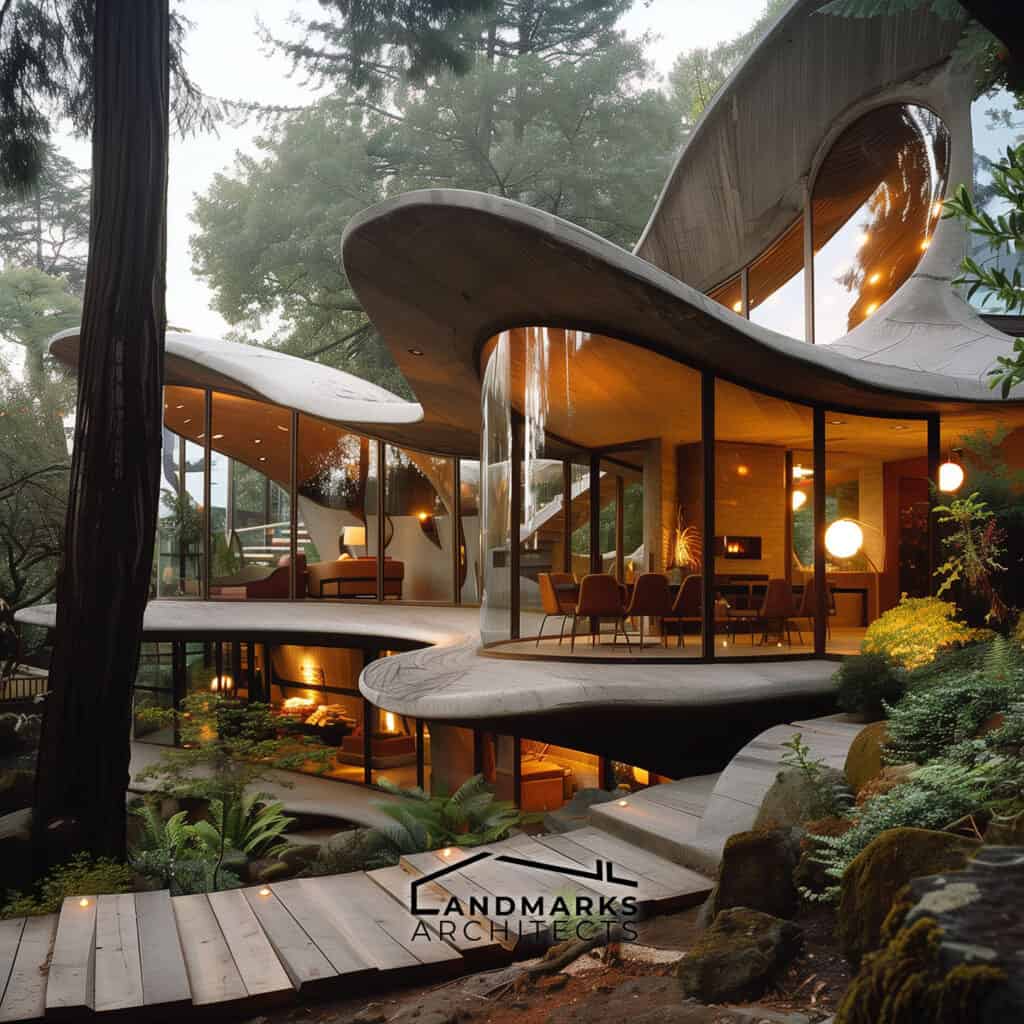
John Lautner, a protégé of Frank Lloyd Wright, emerged as a key figure in the organic architecture movement. Influenced by Wright’s teachings, Lautner’s architectural style emphasized flowing lines, spacious interiors, and a deep connection to nature.
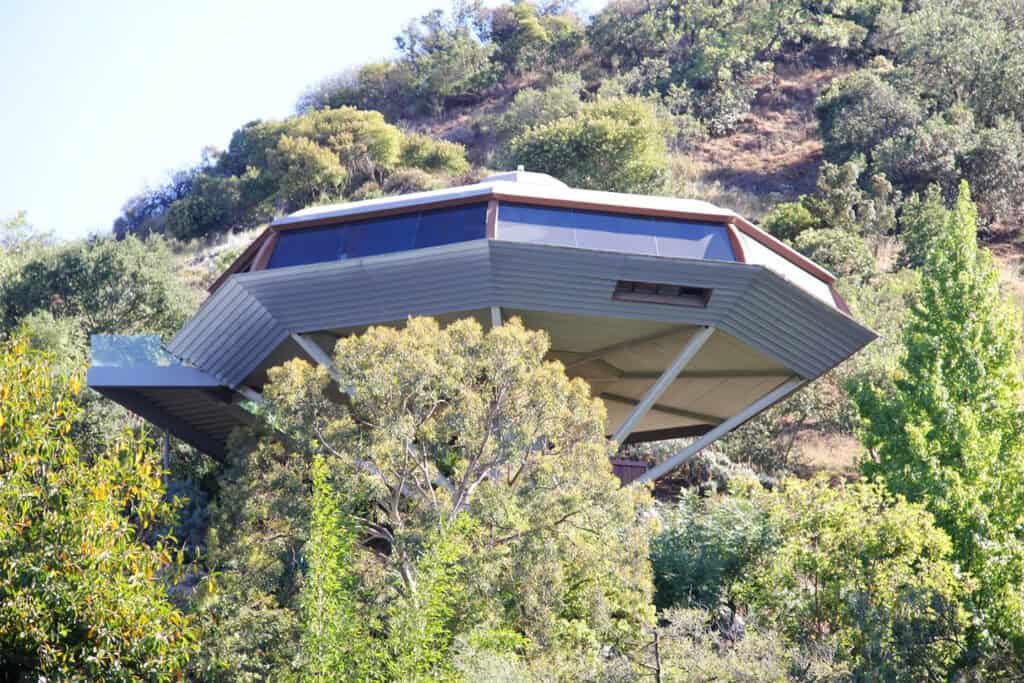
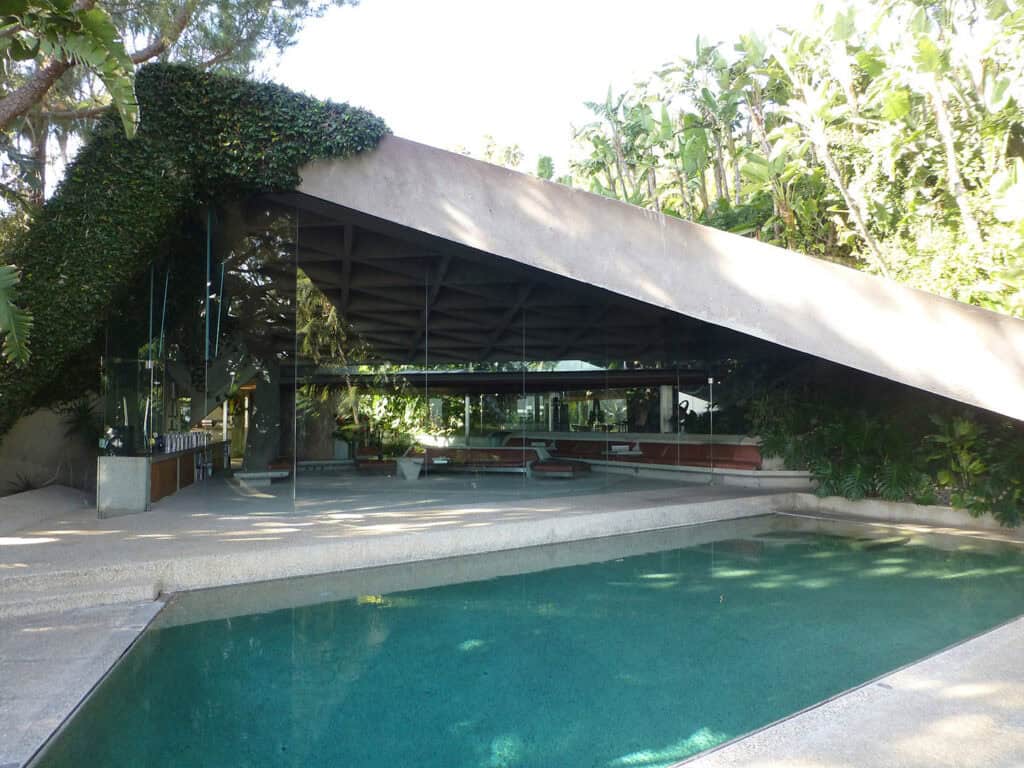
His portfolio includes notable projects such as the Chemosphere House, the Elrod House, and the Sheats Goldstein Residence. Lautner was renowned for his innovative use of materials and his seamless integration of indoor and outdoor spaces.
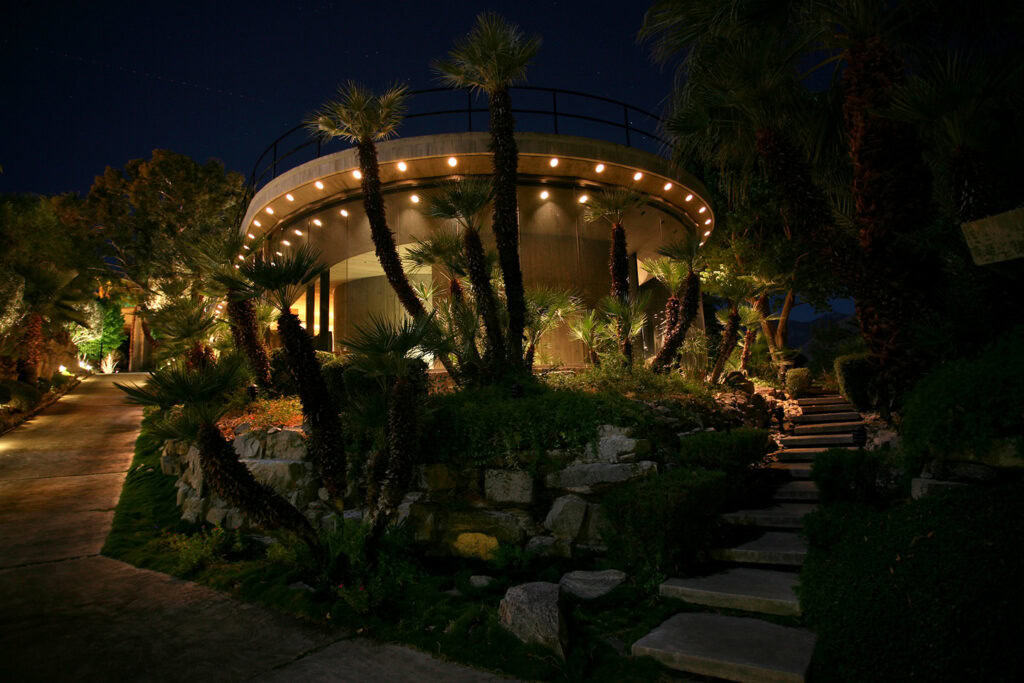
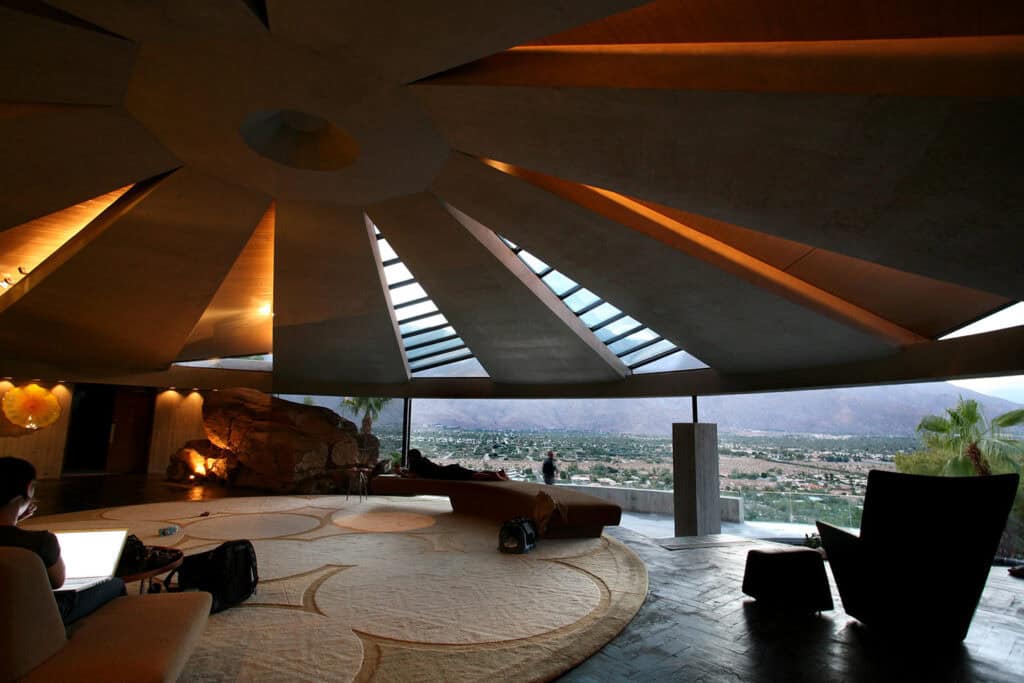
Overall, Frank Lloyd Wright and John Lautner were two of the most important architects in the organic architecture movement. Their work focused on creating buildings that harmonized with the natural world and incorporated sustainable practices. Their flowing lines and innovative use of materials continue to inspire architects today.
7 Notable Examples of Organic Architecture
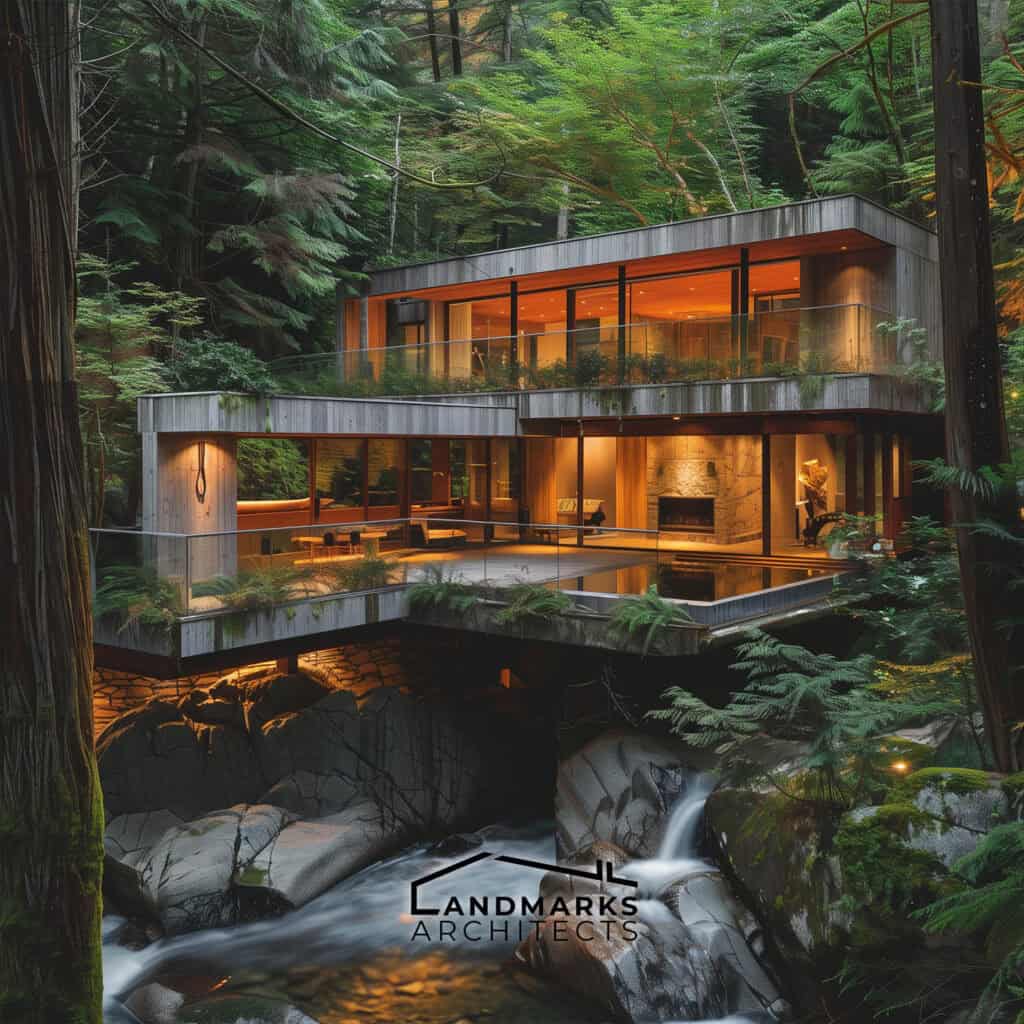

Organic architecture is a design philosophy that emphasizes the harmony between human habitation and the natural world. It is an approach that seeks to create buildings that are in tune with the environment, rather than dominating it. In this section, we will explore some of the most notable examples of organic architecture.
1. Fallingwater, Pennsylvania
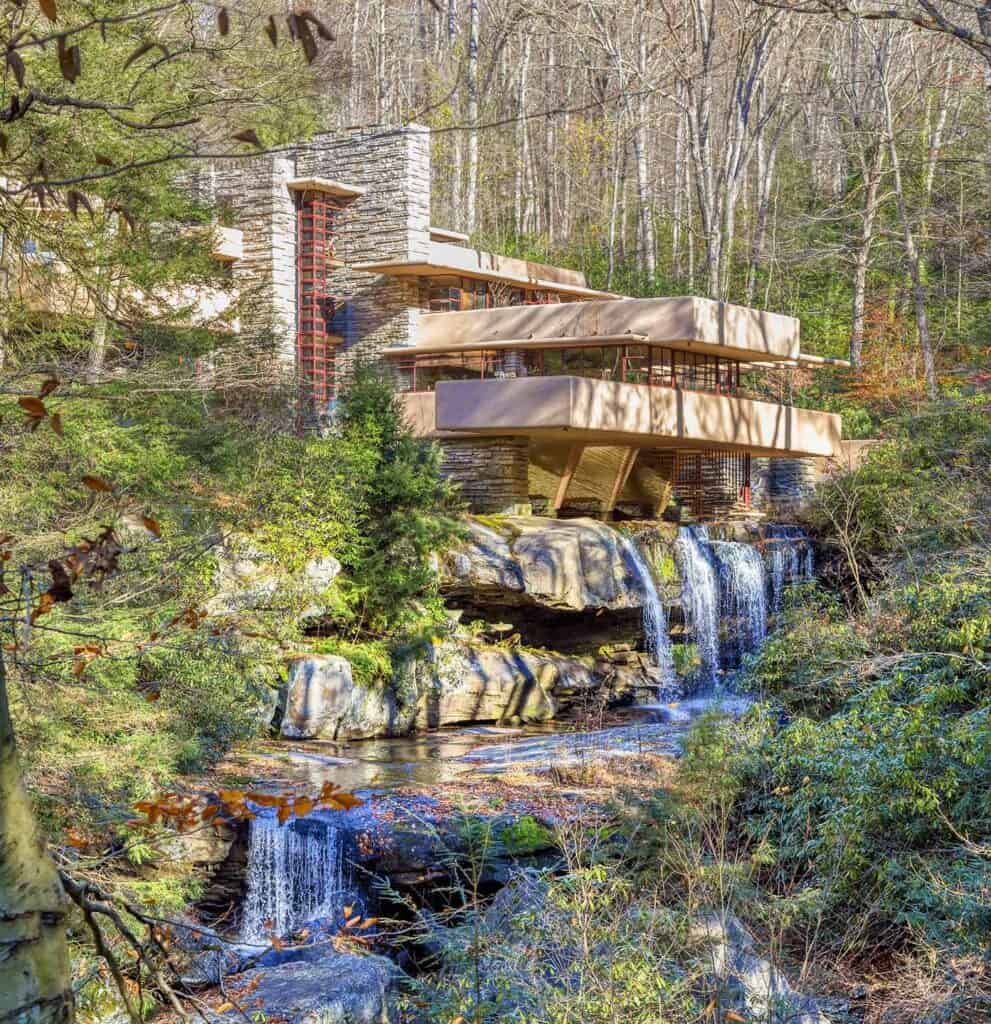
Fallingwater, located in Mill Run, Pennsylvania, is a renowned example of organic architecture, designed by Frank Lloyd Wright for the Kaufmann family in 1935. This modernist classic seemingly floats over a waterfall, blending seamlessly with its natural surroundings. Fallingwater exemplifies Wright’s philosophy of organic architecture, which aims to create buildings in harmony with their environment.
2. Lotus Temple, New Delhi
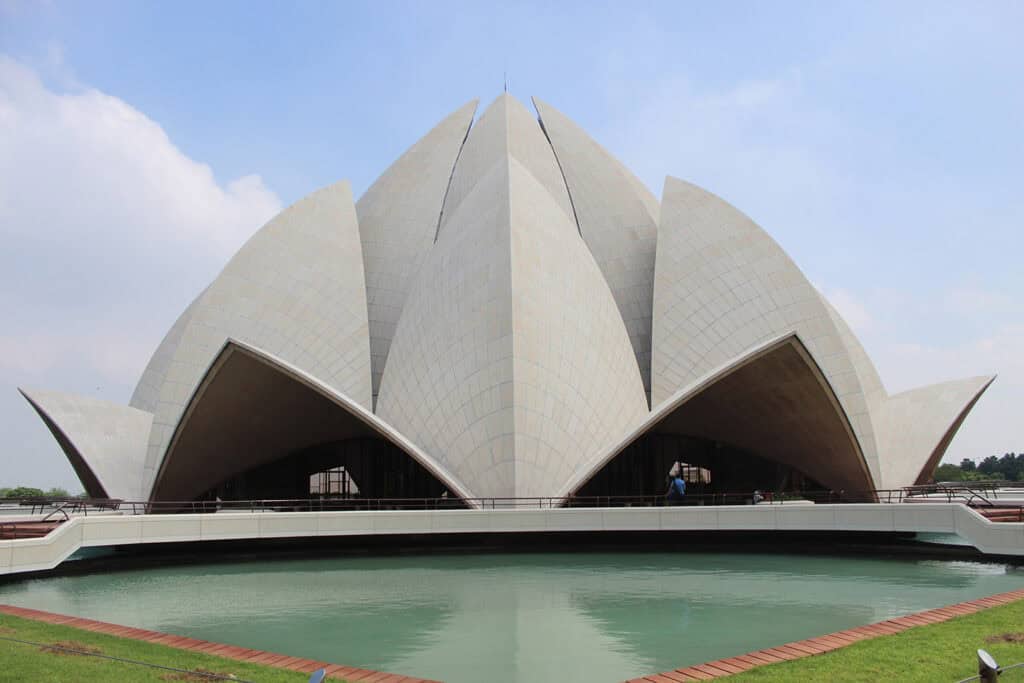
The Lotus Temple in New Delhi is a stunning example of organic architecture. The temple’s simple volumes and flowing lines are inspired by the shape of a lotus flower, with a cloud-shaped roof that is both an auspicious symbol and a nod to the natural world. The site was chosen for its natural beauty, and the idea behind the temple’s form was to create a building that would blend seamlessly into its surroundings.
3. The Eden Project, UK

The Eden Project in Cornwall, UK, exemplifies organic architecture through its series of biomes replicating various climate zones. Designed with transparent glass walls to nurture plants, its construction draws inspiration from Buckminster Fuller’s concepts. Guided by principles of sustainability and environmental responsibility, the project integrates innovative design with a harmonious relationship with nature, showcasing a modern application of organic architectural principles.
4. Taliesin West
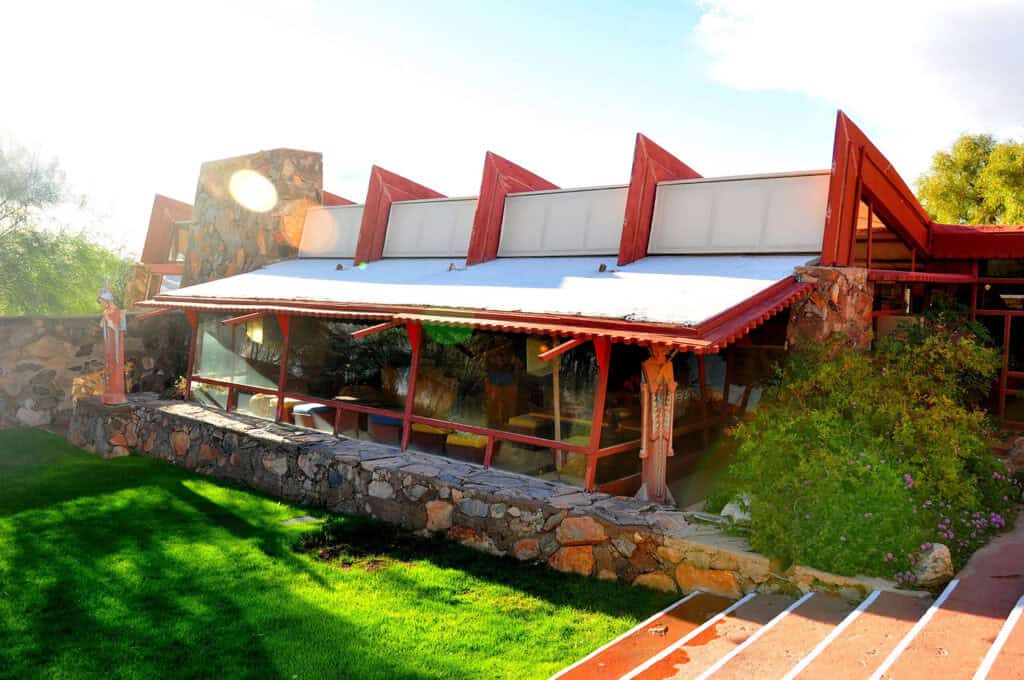
Taliesin West, located in Scottsdale, Arizona, was designed by Frank Lloyd Wright as his winter home and studio. The building is a prime example of Wright’s philosophy of organic architecture, with a focus on blending the structure into its natural surroundings. The building’s construction was guided by the principles of the American Institute of Architects, with a focus on using natural materials and minimizing the impact on the environment.
5. Rådhuset Station
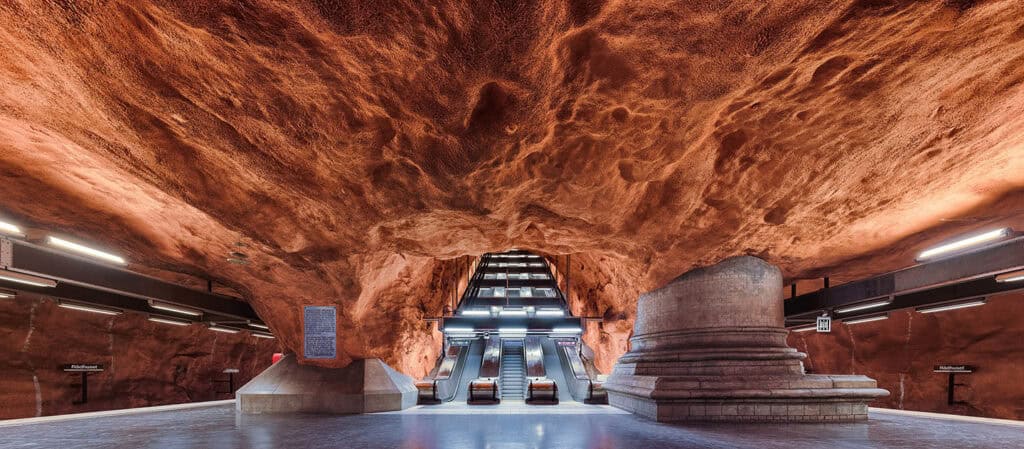
Rådhuset Station in Stockholm, Sweden, is a stunning example of organic architecture in a transportation context. The building is located in a picturesque setting, and its design is inspired by traditional Chinese culture. The building’s architectural lines and use of natural materials make it a prime example of organic architecture in a transportation context.
6. Tampere Central Library
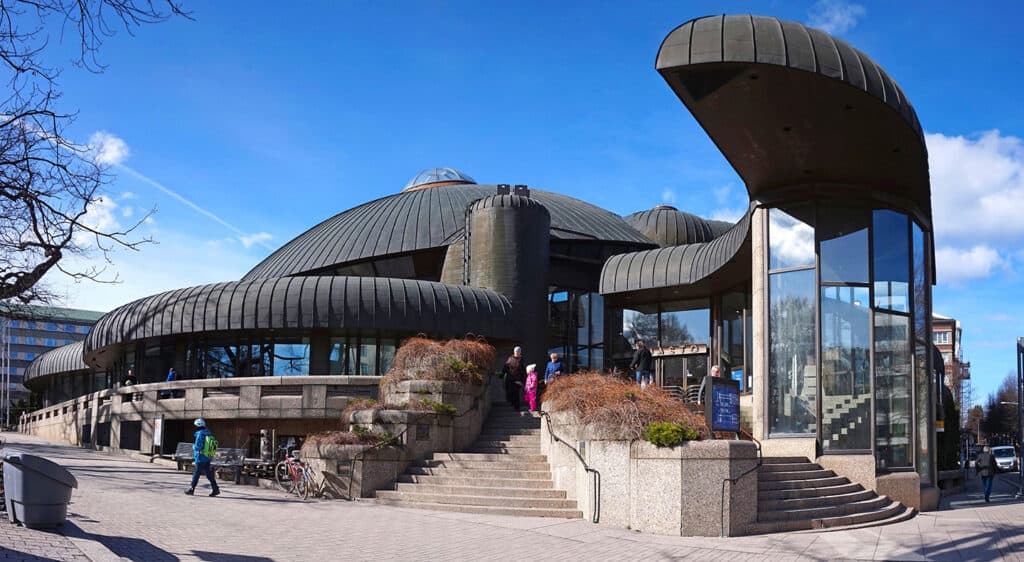
The Tampere Central Library in Finland, designed by Reima and Raili Pietilä, exemplifies modern organic architecture. The library’s flowing lines and integration with the natural landscape create a harmonious and inviting space for visitors. Its innovative design and sustainable features make it a landmark of contemporary architecture.
7. Sagrada Familia, Barcelona
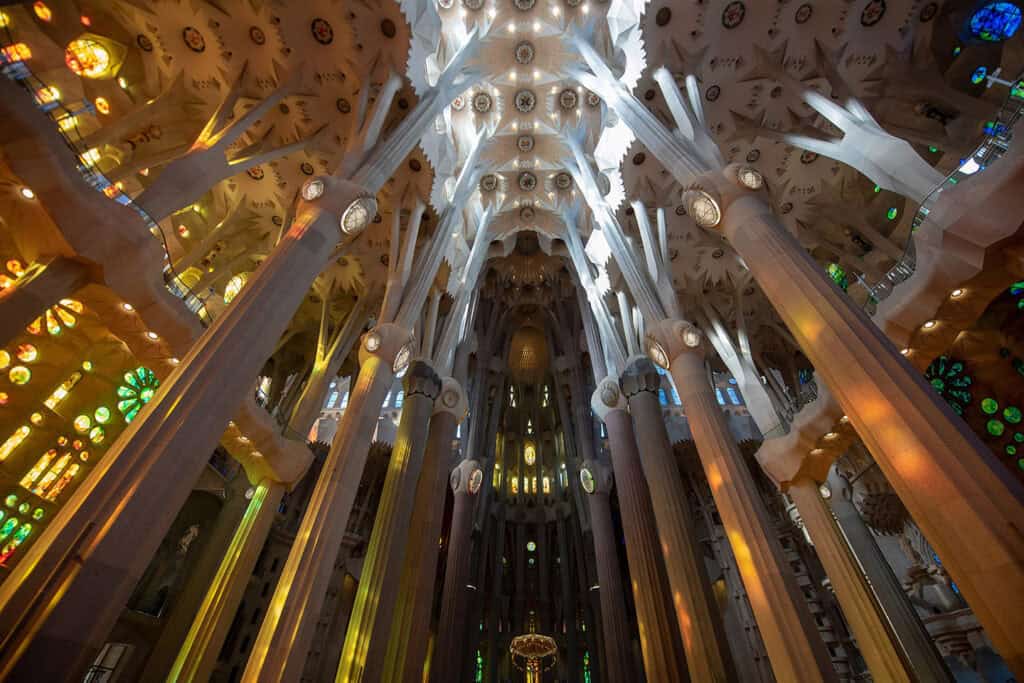
The Sagrada Familia is a basilica located in Barcelona, Spain, designed by architect Antoni Gaudí. The building is a masterpiece of organic architecture, combining art, philosophy, and structure into a single entity. The church is full of religious symbolism, much of which is intertwined with an appreciation for the natural world.
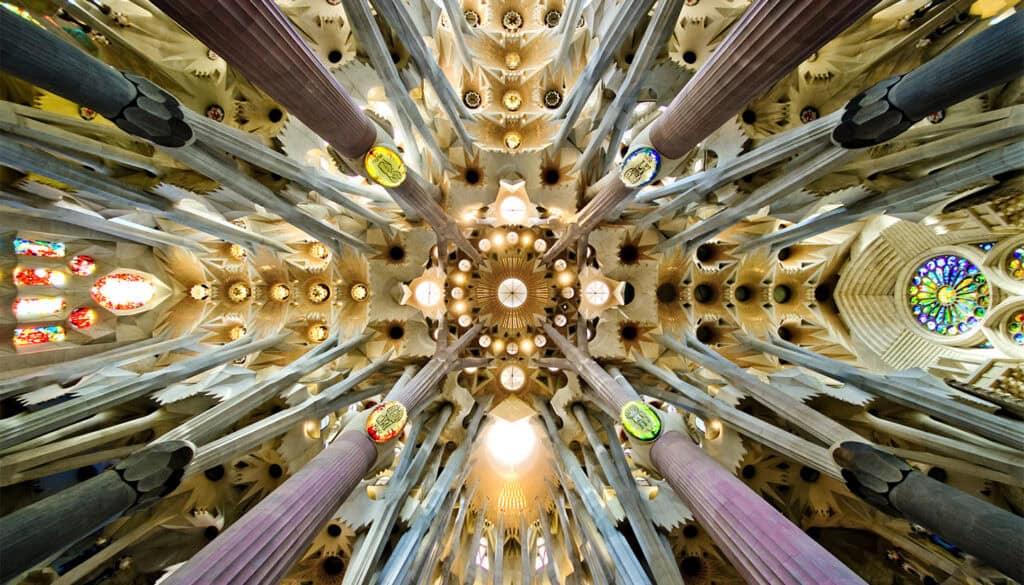
For example, the columns in the nave are meant to symbolize saints rising into heaven, but they’re also inspired by tree trunks, giving viewers the impression that they’re standing beneath a dense forest. The museum takes visitors through the building’s development, from the early ideas and concepts to the current construction.
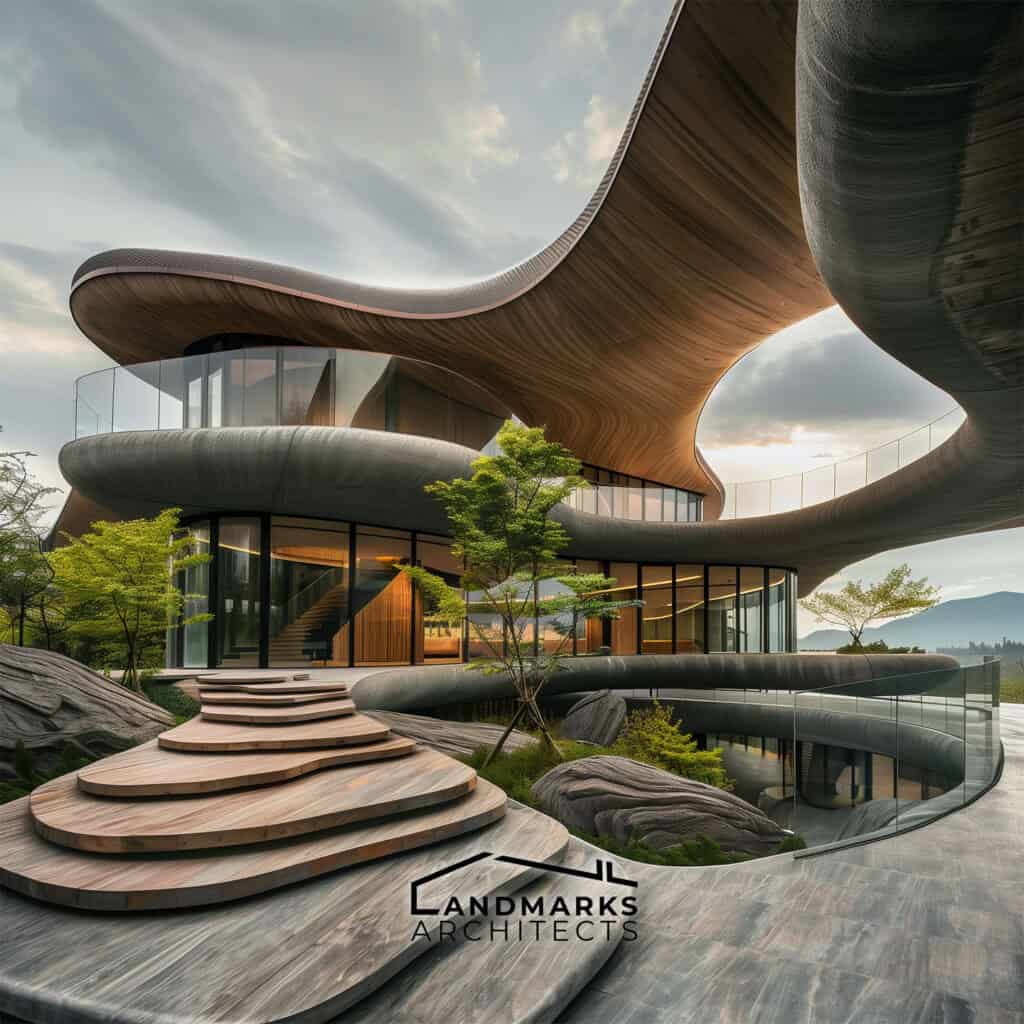
In exploring Modern Organic Architecture, we uncover a design ethos that seamlessly merges human habitats with the natural world. Emphasizing natural materials, sustainable practices, and biophilic elements, this approach fosters environments that are both aesthetically pleasing and environmentally responsible.
Architects like Frank Lloyd Wright and John Lautner exemplify this philosophy through iconic structures that stand as testaments to harmonizing with nature. Embrace these principles to create spaces that not only inspire but also contribute positively to our ecological landscape.










